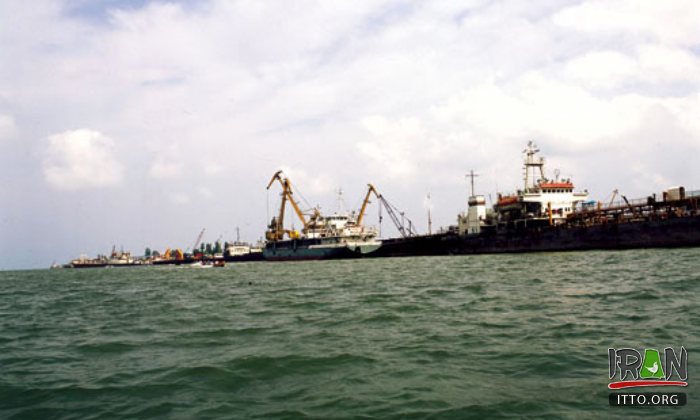
Covering an area of approximately 438,000 square kilometers, it is the world's largest land-locked body of water or lake. It spreads between Iran, Russia, Turkamenistan, Qazaqistan and Azarbayjan. Its southern shores belonging to Iran are from the Makhtoom Ali Bay to Astara. 'Heerkany' is Khazar's ancient name and foreign maps and books also called it the 'Caspian'. Its shores are shallow and sandy. The average depth in the northern section is 6 m. and a maximum of 1,000 m. in the south and south west.
One of the most important clefts in the southern parts of the Caspian Sea is the Anzali Wetland, located to the south west of the Caspian, and the Mian Kaleh Peninsula which is seperated from the Caspian Sea by the Qazian and Gorgan Bays. These are amongst the famous attractions of Gilan and the Mazandaran provinces.
The Caspian Sea consists of three main sectors named as, the northern, central and southern. Its shores cover a distance of more than 6,380 m. of which about 657 m. beginning from Astara to the delta of the Attrak River is in the realm of Iran. The calm blue sea forms the northern view, and the dense forests covering the foot of the northern Alborz Mountains forms the southern landscape. The surrounding shores are covered by paddy fields, plantations and citrus orchards which create a wonderful scenery. As far as tourism is concerned, it comprises of active and semi-active areas.
Parts of the eastern and the central shores are the main areas of tourist attractions. Other parts such as Talesh and the Astara coast are the semi-active areas. Being far from the cities and industrial establishments, the sandy shores and natural landscapes form a healthier environment in comparison to other coastal areas.

